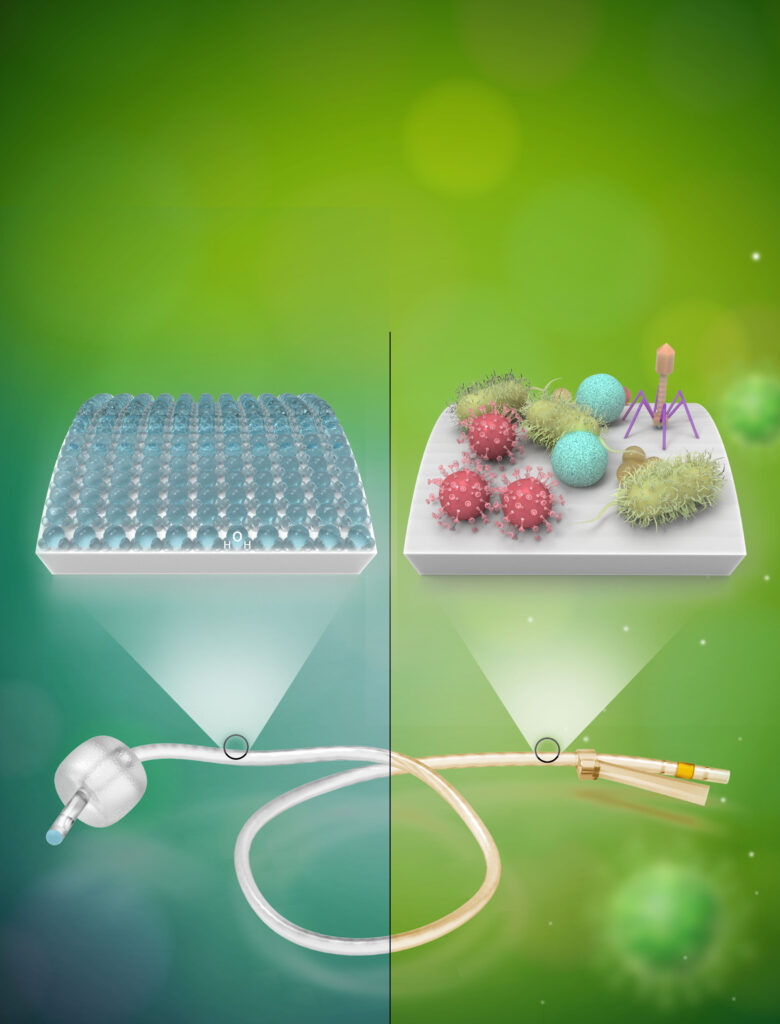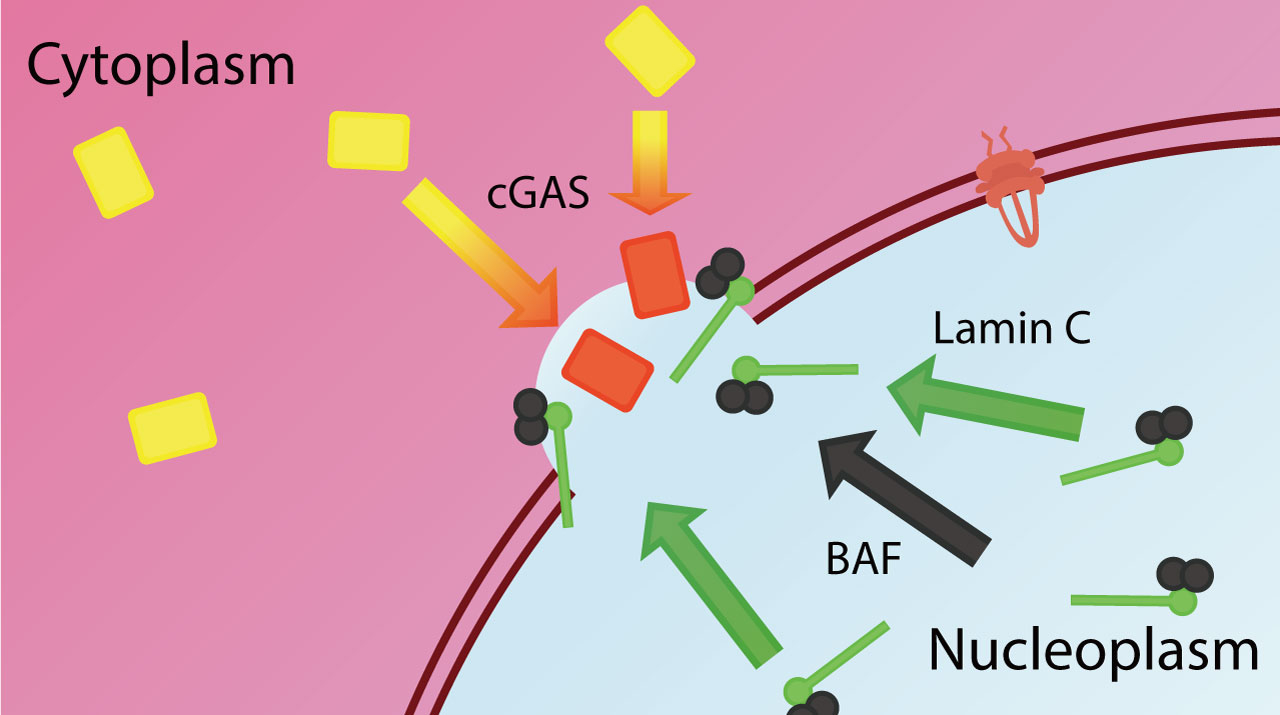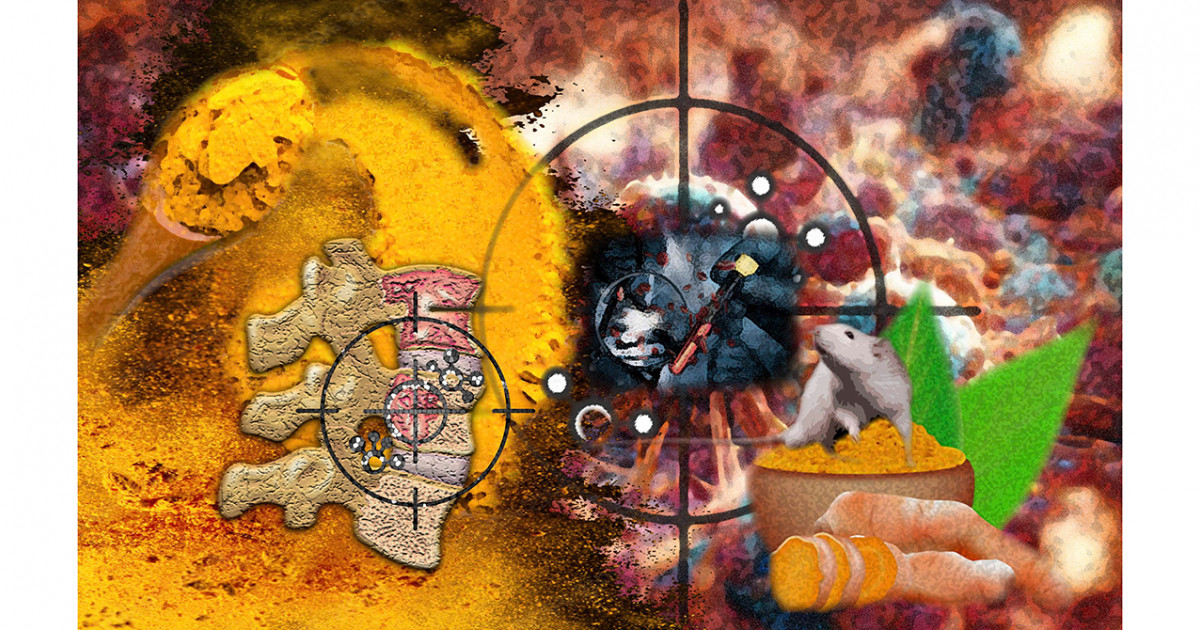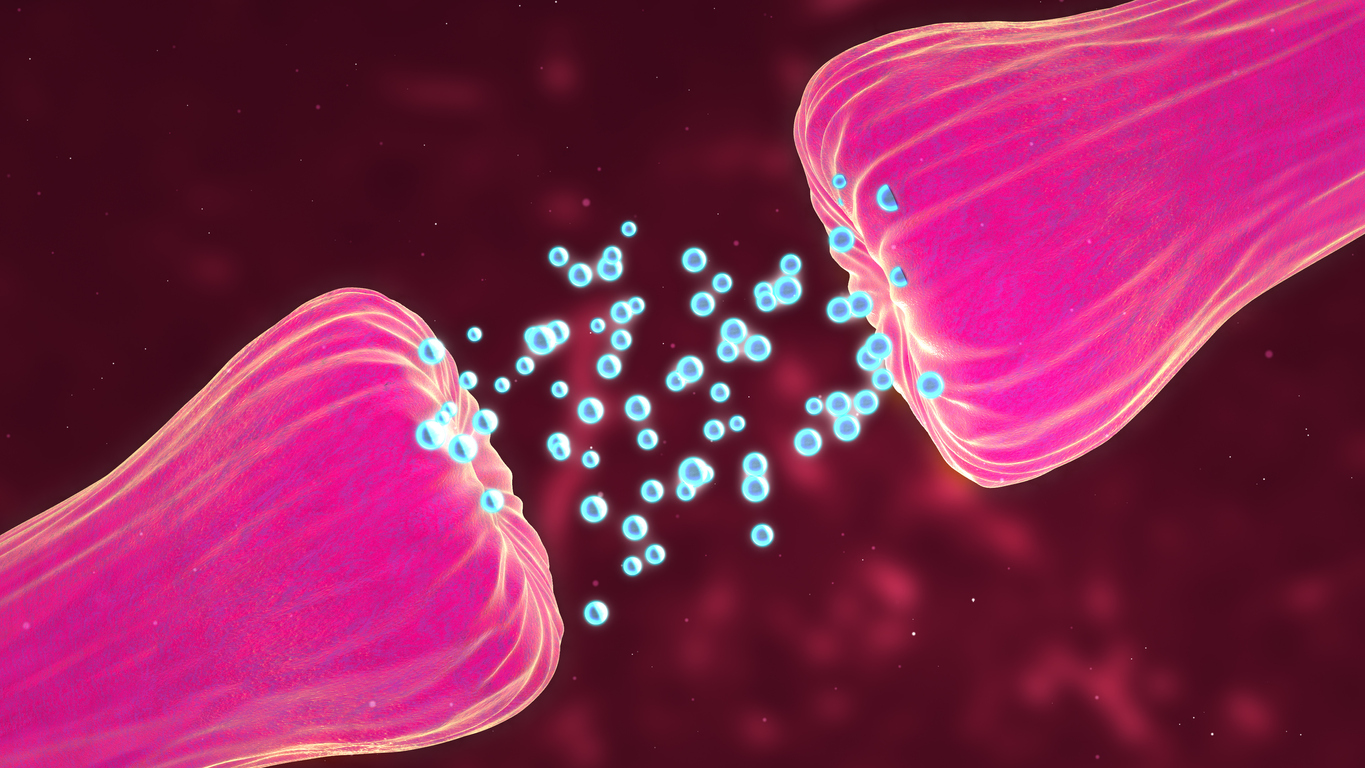Despite the fact that a hospital or medical facility may seem like the last place you’d expect to get sick, over 1.7 million Americans do so each year. Infection-related problems result in roughly 100,000 fatalities and $30 billion in direct medical costs each year.
The use of medical equipment such as catheters, stents, heart valves, and pacemakers, whose surfaces are routinely covered in dangerous bacterial films, is linked to two-thirds of these infections. A groundbreaking surface treatment devised by a group of scientists led by the University of California, Los Angeles, has the potential to improve the safety of these devices while reducing the financial burden they inflict on the healthcare system.
Applying a thin coating of so-called zwitterionic material to the surface of a device and firmly attaching it to the underlying substrate by irradiating it with UV radiation is the novel approach, which has been tested in both laboratory and clinical settings. Bacteria and other organic molecules that could cause illness are prevented from attaching to surfaces and causing infections by the existence of this barrier.
The findings of the researchers will be published in Advanced Materials on May 19th.
A range of materials widely used in medical equipment were surface treated in the lab. The researchers next tested the modified materials for resistance to bacteria, fungus, and proteins. They discovered that depending on the bacterial strain, the therapy could reduce biofilm formation by more than 80%, and in extreme cases up to 93 percent.
The modified surfaces displayed strong resistance against bacteria and proteins according to Richard Kaner, the study’s lead author and UCLA’s Dr. Myung Ki Hong Professor of Materials Innovation. The biofilm production was delayed, and in some cases totally stopped, by surfaces.
In the study, sixteen people who had been using urinary catheters for a long time decided to switch to silicone catheters with the new zwitterionic surface treatment. This modified catheter is the first product produced by Kaner’s lab-based company, SILQ Technologies Corp., as well as the first FDA-approved device for use on patients.
Using the surface-treated catheter improved ten patients’ urinary tract conditions to a “far better” or “very much better” level, and thirteen patients elected to use the unique catheter after the trial period ended rather than the standard latex or silicone options.

Catheter-related urinary tract issues are indicative of problems plaguing other medical devices, which can become breeding grounds for bacteria and harmful biofilm growth once inserted or implanted. Catheters can cause problems with the urinary tract, which could signify problems with other medical devices. The harmful cells discharged into the body by these incredibly persistent biofilms are what cause the body to develop reoccurring ailments.
As a result, doctors regularly prescribe powerful antibiotics to people who use these devices. While this is a quick fix, it raises the risk of antibiotic-resistant “superbug” infections down the road. Antibiotic misuse was flagged as an immediate threat to public health by the World Health Organization in a crucial report issued in 2014. Officials have asked for a rapid reaction to avoid a post-antibiotic world in which common diseases and minor injuries that have been handled for decades become lethal once more.”
The benefit of this method is that it can prevent or limit biofilm growth without the use of antibiotics in either case. This feature protects persons who use medical equipment from superbugs and germ resistance, which is beneficial to everyone.
The zwitterion polymers employed in surface treatment are very biocompatible and absorb water in a concentrated manner. A very thin hydration barrier emerges as a result, preventing bacteria, fungus, and other organic creatures from adhering to surfaces. In comparison to existing surface treatments for medical devices, such as antibiotic- or silver-infused coatings, the process has a high success rate, is safe to use, and is relatively inexpensive.
In addition to its usage in medical equipment, the researchers believe the surface treatment method could have applications outside of the medical industry. These applications could include extending the life of water treatment systems and improving lithium-ion battery performance.
Story Source: Original release by University of California – Los Angeles. Note: Content may be edited for style and length by Scible News.
References
Brian McVerry, Alexandra Polasko, Ethan Rao, Reihaneh Haghniaz, Dayong Chen, Na He, Pia Ramos, Joel Hayashi, Paige Curson, Chueh‐Yu Wu, Praveen Bandaru, Mackenzie Anderson, Brandon Bui, Aref Sayegh, Shaily Mahendra, Dino Di Carlo, Evgeniy Kreydin, Ali Khademhosseini, Amir Sheikhi, Richard B. Kaner. A Readily Scalable, Clinically Demonstrated, Antibiofouling Zwitterionic Surface Treatment for Implantable Medical Devices. Advanced Materials, 2022; 2200254 DOI: 10.1002/adma.202200254







